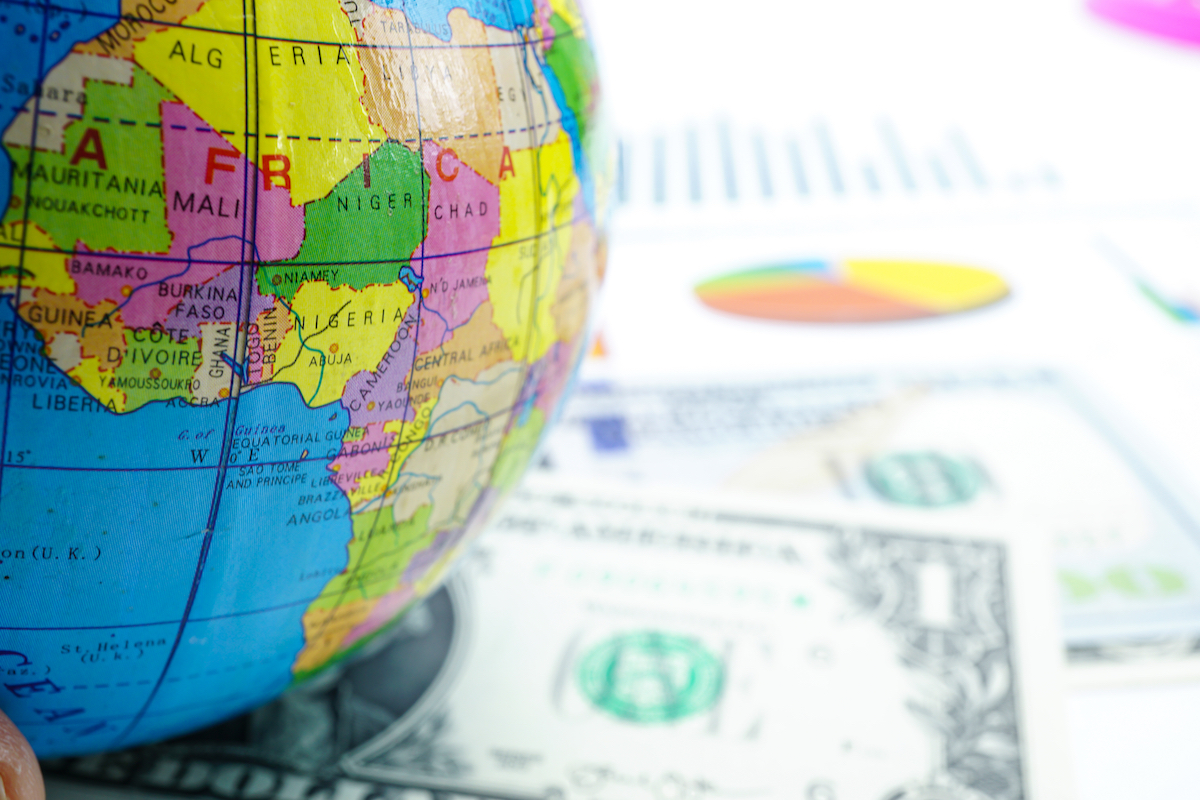Sustainable development—resulting in sustained increases in welfare—is one of the main objectives of public policy in almost every country of the world. Yet it has been hard for the world to achieve, as reflected by the persistence of poverty, hunger, civil strife, and environmental damage. In an attempt to push development progress forward in measurable ways, the Sustainable Development Goals (SDGs), adopted at the UN General Assembly in September 2015, defined an integrated set of outcome targets countries should meet by 2030 to increase the economic, environmental, and social development of each member nation and the world as a whole. The agenda is ambitious—17 goals with nearly 200 specific outcome targets covering development issues in low-, middle-, and high-income countries.
It was clear during the formulation and articulation of these goals and the accompanying targets and indicators that developing countries (low-income countries and lower-middle income countries, LICs and LMICs respectively), would need significantly more funds than had been previously available from domestic and international sources to finance the investments required (UNCTAD 2014). It was also recognized that not all this additional funding could be raised from domestic sources in the countries themselves, nor would donor and concessional loan financing be adequate. The participation of external private sector actors as investors in developing country economies was determined to be necessary to achieve many targets. The World Bank coined the phrase “billions to trillions” to describe actions that had to be taken by all stakeholders to mobilize additional private finance to meet these investment needs, including actions to induce increased private investment from abroad (Kim, 2015). The biggest financing gap was estimated to be in sub-Saharan Africa (hereafter SSA), where poverty and deprivation were also the most severe.
Development finance1 and private direct or portfolio investments do not usually target development objectives such as the SDGs. Instead, by financing the creation, expansion, or technological upgrading of enterprises, they target a rate of return on their investment. It is through the operation of these enterprises, which employ people, create value in the economy, and often have positive externalities for the country and the world (for example: producing green energy, recycling plastic bottles for manufacturing new items, or producing low cost, nutritious food), that this type of finance can contribute to sustainable development.
Questions have been raised for decades on whether either public or private investment from external sources contributes to the achievement of development outcomes (Te Velde & UNCTAD, 2006; Carter et al., 2021). Most research examining this question has focused on foreign direct investment (FDI) and on portfolio debt financing by public sector development finance institutions (DFIs).2 But there is very little analysis of the contribution of equity investments from external public or private investors to the achievement of development outcomes.
By analyzing recent private equity transactions in SSA, this paper aims to fill this gap, contributing to the literature on development finance, private portfolio investments, and development outcomes. Using data from the Crunchbase database, a commercial service providing financial data on investments in businesses by public and private entities (transactions, or deals), we analyze the flows of external equity investments to enterprises located in SSA countries according to country destination, type of investor (public or private), and sector of investment. Our analysis seeks to shed light on whether these investments are contributing to development outcomes in the recipient countries. We can’t link the investments in our data directly to development outcomes such as economic growth or employment, so instead we link the sectors in which the recipient enterprise operates to the SDG targets, one measure of development. This allows us to address the following specific questions:
- Which SSA countries have been most successful in attracting private equity investments?
- What is the distribution of private equity investments by sector of activity of the receiving entity and by country in SSA?
- What percent of these investments can be linked to SDG targets?
- How do these results differ for public versus private investors in private equity?
Our analysis finds that private equity is doing its part, in terms of quality of investments, in financing the SDGs. Overall, our data show that 88% of transactions by value can be tied to an SDG target. The most attractive countries for all external SSA private equity investments are Nigeria, South Africa, Kenya, and Tanzania. Together, these four countries account for 83% of all transactions by value, suggesting that private equity financing is not reaching the majority of SSA countries. Controlling for size of the economy puts Tanzania, Kenya, Sierra Leone, and Liberia at the top, revealing that some small, poor countries can effectively compete for funds. The fact that the four leading countries using either criterion are all English-speaking suggests that the non-Anglophone countries may be at a disadvantage. In terms of SDG targets, unsurprisingly, most investments contributed to those targets directly linked to economic growth and private sector development. The social and agricultural sectors received a low share of funding, with almost none of the funding coming from public investors. This result suggests that other resources will be needed to reach the SDG targets related to these activities. Finally, we found few differences between the investment pattern of public sector DFIs compared with private sector investors at the country and sectoral level, raising questions regarding whether these entities truly do fulfill the development purpose to which they aspire.
-
Footnotes
- Development finance is defined as “public sector resources [invested to] facilitate private sector investment in low- and middle-income countries where the commercial or political risks are too high to attract purely private capital, and where the investment is expected to have a positive developmental impact on the host country.” See: https://www.brookings.edu/research/development-finance-filling-todays-funding-gap/
- See for example, Te Velde and UNCTAD, 2006 for a review of research on FDI and development and Te Velde, 2011, for a review of research of DFIs and development.





